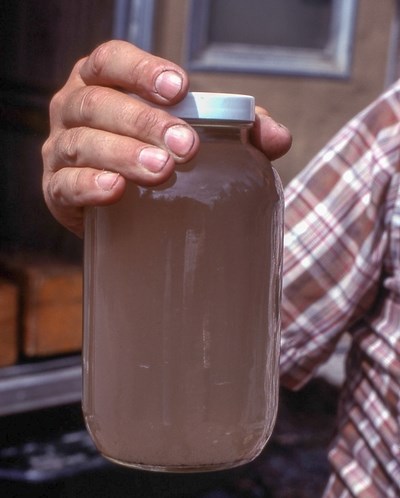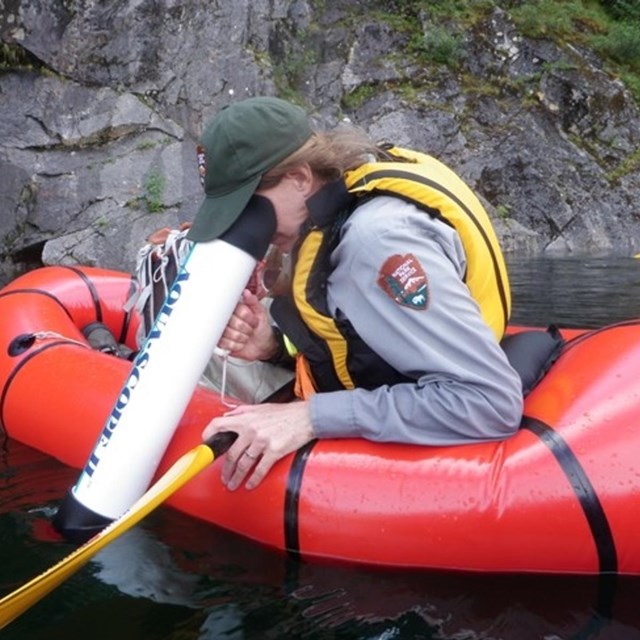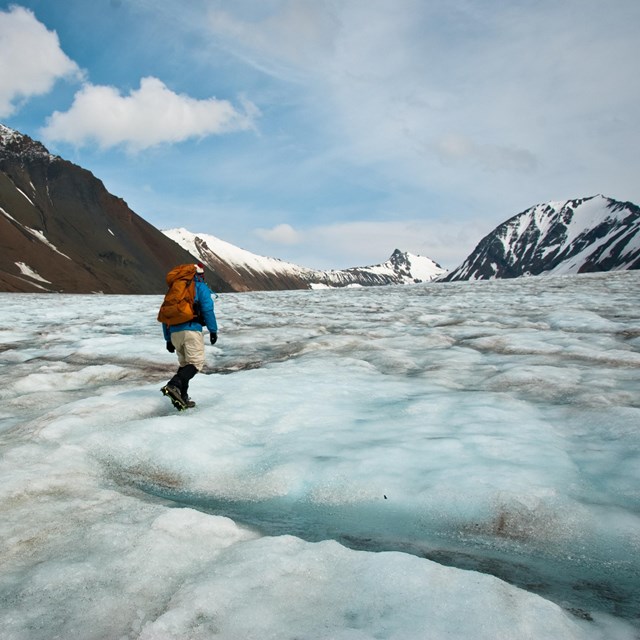
NPS Photo
What Happens Upstream Matters!
Water alone is not enough; quality matters too. Quality is not only important for human uses such as drinking water and swimming, but also for the flora and fauna that call those waters home. They, too, need clean water to survive.
Water Quality Effects
Although transparent, water isn’t always clean! As water moves throughout an ecosystem, it can become exposed to different substances that can alter the quality of water. When water quality is degraded, it can cause things like:
-
Closures due to harmful algal blooms
-
Fish consumption advisories
-
Swimming restrictions due to pathogens
-
Expensive treatment to meet drinking standards
Impairments
Some substances in the water column occur naturally. Water sources can pick up nutrients from decaying matter, or carry certain minerals from rock that waters interact with. But some substances occur unnaturally, or can be exacerbated by human influence. For example, too much nutrients in the water column from fertilizer use can cause algal blooms. Pharmaceuticals can enter our waterways from the flushing or improper disposal of medication.

NPS Photo
Possible impairments in water are:
- Excess nutrients, from use of fertilizer
-
Heavy metals, like mercury
-
Pathogens
-
Sediment
-
Rising water temperatures, due to changing climate
-
Newly emerging contaminants, like Micro-plastics
Monitoring Change
The National Park Service supports the Clean Water Act and the Safe Drinking Water Act by monitoring and researching impairments and potential impacts to park waters, and routinely tests park water supplies for potability. Water quality is measured as a vital sign for park units, which helps to indicate the overall health or condition of a resource; in this case, "Is the water healthy?" Discover the ways we monitor water quality below.
-
 Hydrographic Impairment Statistics
Hydrographic Impairment StatisticsLearn the common impairments found in NPS waterways.
-
 Vital Signs Monitoring
Vital Signs MonitoringLearn how the NPS monitors water.
-
 Beneath the Surface
Beneath the SurfaceLearn more about the water quality of NPS Wild and Scenic Rivers.
From the field
Last updated: August 13, 2024
